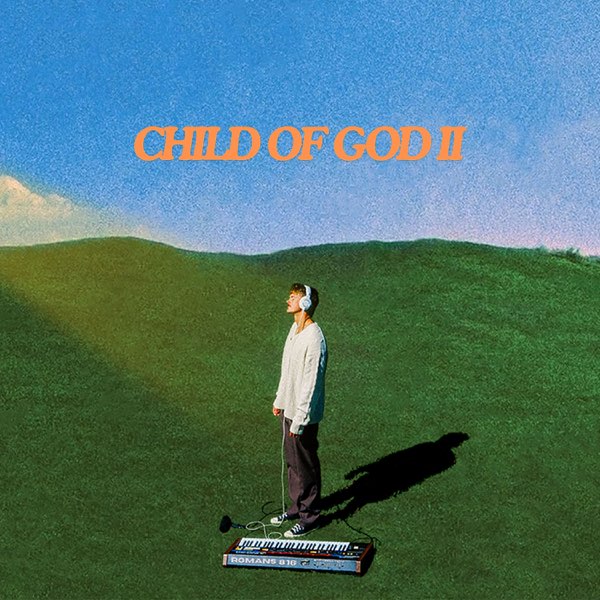Kings of Leon’s album was released this month featuring a new sound from the band’s previous hits. The energetic rock genre was replaced with a much calmer feel and soft vocals. The Followill brothers changed tune and went with a more meaningful album. The feel and genre is designed to be enjoyed as on expensive car stereos as in stadiums. The band also put more value in the album, as this is their most personal in terms of lyrics. Members Caleb, Nathan, Jared Followill and Matthew Followill all stated that they had changed this year. Especially since their hit Sex on fire is completly different in sound and vocals than When You See Yourself.
The album is almost similar to a soft-rock feel, their new sound comes from lead guitarist Matthew’s recent obsession with vintage organs and synthesisers. These instruments he’s proud to say we would have heard on classic albums by the Beatles. We see the band reflect their interests, old and new while finally embracing their mature, laid back selves. In other words the pouty bad boys of yesteryear are long gone. With their record number eight, they’ve used everything learned over the years in their previous albums since. Although still reconnecting with the best parts of what made the world love these energetic, unruly, personalities in the first place.
When You See Yourself starts with the lead single The Bandit. The song features their older sound, but calmed with harmonizing vocals. The meaning itself can be perceived in many ways, it could mean experiences of someone leaving and taking happiness with them. This could be a personal story from the band members. It seems something precious was stolen from them which leaves them in a state of misery. This is why they have tagged him/her a “bandit” and are in pursuit. It is not exactly clear who this bandit is or what they had done to the boys. With the upbeat melody and lyrics from the way the group is recklessly determined to “catch the bandit”, we can safely say this person did them wrong. The group hopes to not only seize this person but also retrieve the joy it has taken. Only by catching this thief can get that feeling back.
The second song is 1,000 people, which talks about his father-in-law suffering from dementia. This holds personal value to band member Caleb, giving the album a sentimental touch. The meaning seems to be hidden in the song itself. This was done on purpose as the writer was looking for a balance through which he could reveal the small parts of himself. First looking at it seems like a love song, making the singer express how uniquely this person makes him feel. He does this by using metaphors with personal experiences. 1,000 people shows a medium of mellow guitar chords with a personal story linked.
The rest of the album goes on to feature vocals and songs that meld together into one sound and mood. Stormy Weather feels like it might turn into an energetic track, but instead, it pensively shimmies into the middle distance as Followill plays a love man in distress. Throughout the album, producer Markus Dravs gives the songs a graceful sheen, whether on the soft-rock romance Claire & Eddie or the moody Supermarket, with its molten goth bass line and lyrics that start as an invite to chill and end as a dream of getting clean and whole again. Even though I enjoyed it the album itself didn’t really tell a cohesive story. Certain albums are meant to tell a story, holding more value and originality. Instead The songs focused more on mood and genre, making the calmer music blur together at the end. This made certain songs not particularly memorable or seemed to reflect one another.
Altogether the album itself won’t get much radio play but includes a nostalgic feel with meaningful ballads. I also thought the music was calming and featured the members’ vocals well. Their tone and style shows how much they’ve grown over the years, making me love the album.
The tracks had soft cords and a baseline that went well with the style they chose. When You See Yourself vocals are mixed a little lower and the reverb has been turned up, generating a blocky grayscale swirl, as if the music were seeping through a fog.







